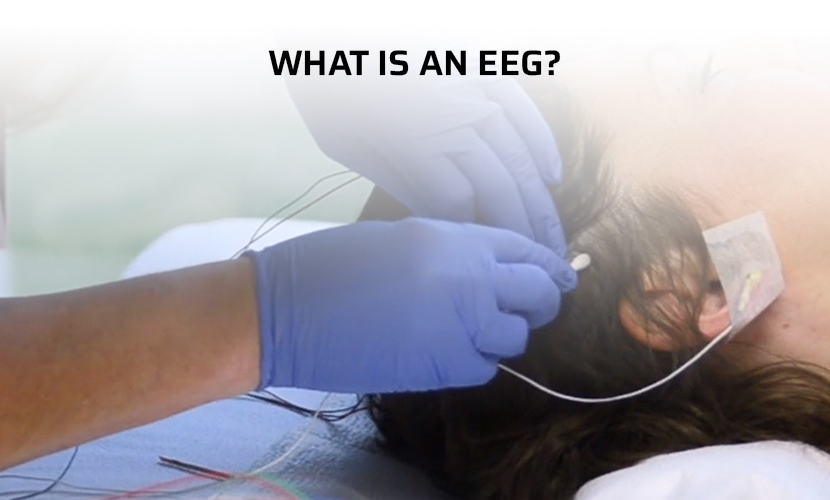
EEG stands for Electroencephalogram. It is a test that is used to evaluate the electrical activity in the brain. As brain cells communicate through electrical impulses, an EEG test uses small metal discs called electrodes to detect any potential problems. The electrodes are attached to the patient's scalp and show the electrical impulses' activity on an EEG recording. The electrical impulses in an EEG recording are in the form of waves with peaks and valleys. The recording allows the doctors to assess the patient's condition and look for any possible abnormal patterns. Irregularities in the activity of electrical impulses can be a sign of brain disorders or seizures.
An EEG is used to determine changes or detect problems in the brain's electrical activity that may be associated with certain brain disorders. Certain disorders that can be ruled out through an EEG test are:
An EEG can also be used to determine the brain activity of patients in a coma.
ECG stands for electrocardiograms. ECG is a test done to record electrical signals in the patient's heart and check for heart disease signs. It is a painless test that uses small electrode patches and standard equipment. The electrode patches are attached to the patient's chest, arms, and legs skin to record the heart's electrical activity.
Some commons findings through an ECG test include:
